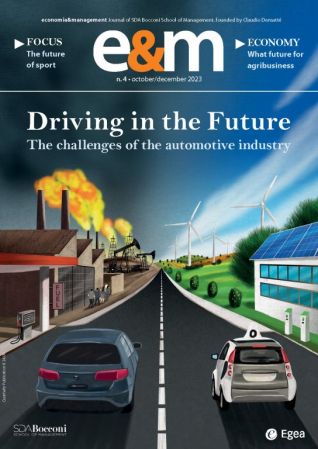E&M
2023/4
All the Ingredients of Supply Chain Resilience
The agri-food system is also permeated by the concept of resilience. If the components of the supply chain are resilient, the entire system will benefit. The characteristics of a resilient supply chain depend in part on strategic choices and in part on tactical decisions. Sustainability of the entire sector is the most important and tangible characteristic, as the transition to sustainable production processes implies the involvement of all components of a process of resilience, namely flexibility, change, and adaptability.



